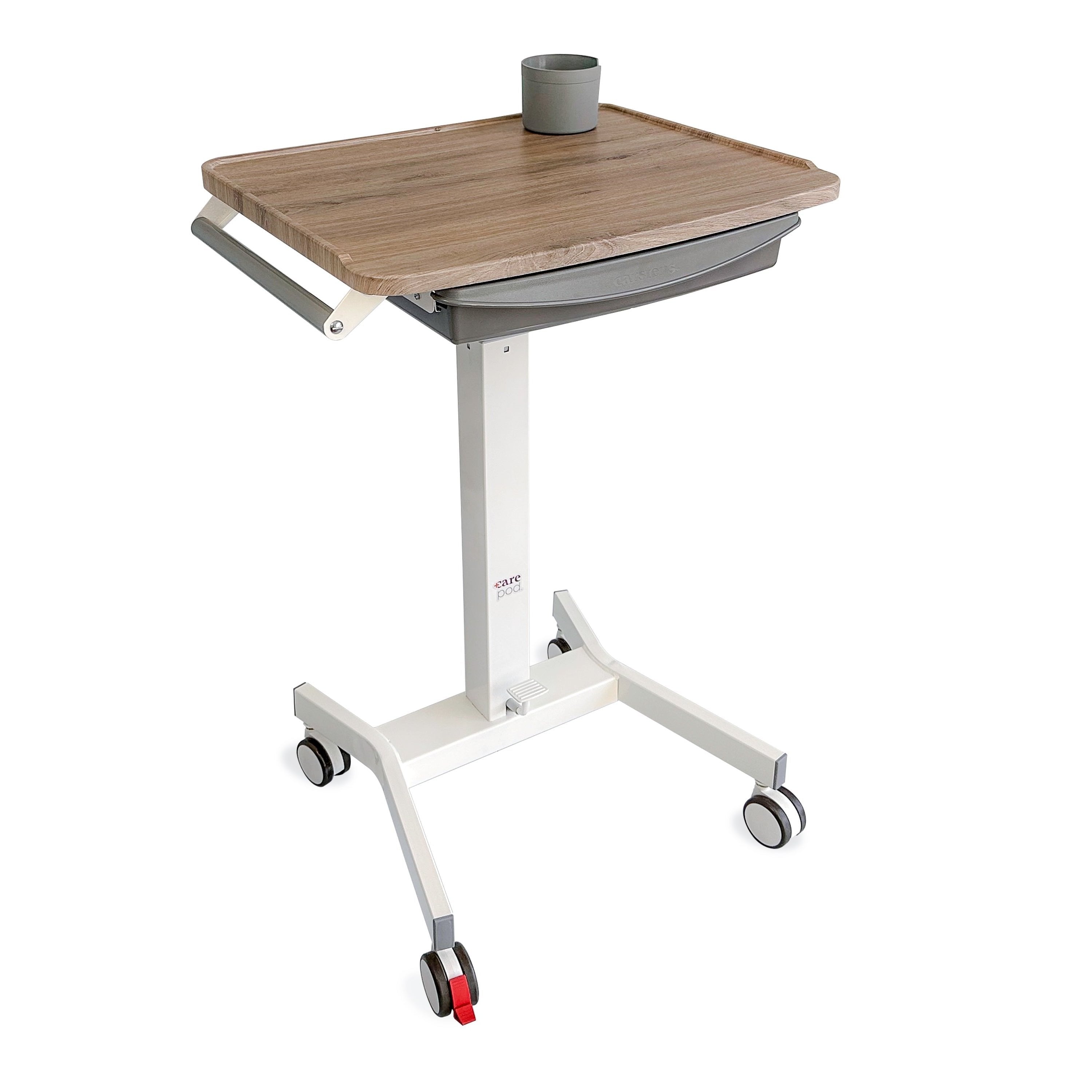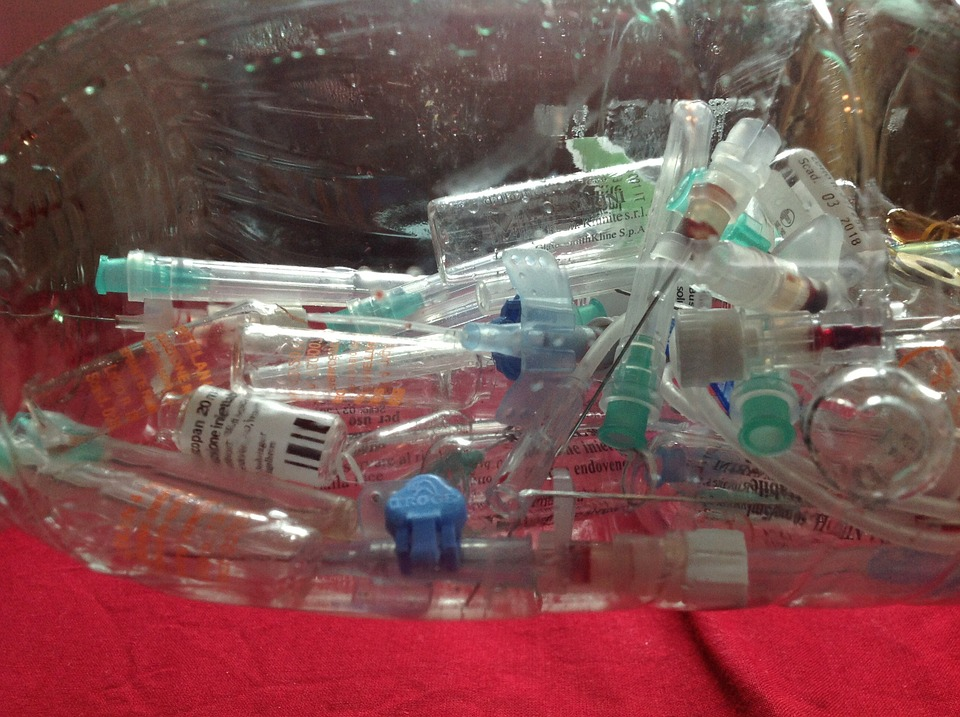It’s the crisis that everyone is talking about, but nobody really understands. Our supply chain is broken—driving up lead times and costs to never-before-seen levels. Is it because essential workers stayed home at the beginning of the pandemic? Or is it because we’re all staying home more these days and placating our anxieties about the world with online shopping? Or, maybe it’s the domino effect of erratic purchasing and even more erratic production and logistics.
We’re going to go with ‘all of the above.’ The supply chain crisis is challenging to understand because it’s never been broken before, and there isn’t one single cause. Our global supply chain has evolved over decades to be lean and on-demand. Retailers never kept more than they needed on hand because the ships always came with more product. And then, one day, at the very beginning of 2020, there was a little bump in the road. A few weeks at most, and nobody thought much of it.
Related: How Hospitals Should Prepare for Natural Disasters
We liked the word ‘temporary’ a lot during those early months. In America, we told our people that we would temporarily keep non-essential workers home. We told them that we were temporarily out of common goods like toilet paper. We told them that there was just a small delay and everything would be back to normal in a few months. But today, two years later, with at least another two years in the forecast, we can no longer use the word ‘temporary’ to describe our supply chain woes.
Let’s dig in and look at what’s contributing to our supply chain crisis.
Inflation
When costs go up, inflation is the beast behind the change. Rising costs correlated with devalued currencies is an economic condition that we know all too well as of lately. Plainly, this means that just about everything from a loaf of bread to the shirt on your back costs a little more, and there is no value-added reason for the increase. The bread isn’t healthier than it was the day before, and your shirt isn’t made of a nicer material than it was the day before.
If you are a business owner, you’ve likely felt the crushing weight of inflation in recent months. In a not-so-lucky industry like construction, you’ve received more price increase letters than you can count, and your suppliers aren’t even apologizing anymore. What would they say anyways after sending out 23 price increase letters in 24 months? They’ve been through every customer service excuse in the book and then some. Nobody likes the boat that we’re in, but the truth is that goods simply cost more in our current economy.
If you’re looking for a target to blame for inflation, it’s higher wages and bigger losses. Manufacturers need to cover their costs, so they push higher prices to their distributors, who then need to cover their costs, pushing higher prices to retailers who then push them on to consumers. Those consumers then need higher wages to afford the goods, and the cycle begins again.

Carsten’s is a family-owned business with a values-driven culture committed to promoting excellence in the industries we serve including healthcare, education, and business. Learn more about our mission.
Related: How Businesses Can Benefit from Working with a Woman-Owned Business
Supply Chain Disruptions
Our global supply chain is heavily dependent on Asian manufacturing, especially in China. When the first cases of the COVID-19 pandemic shuttered manufacturing facilities in China, this set off a domino effect that would eventually impact our entire global supply chain. We could have recovered in a few months if China had been the only closure and it had lasted only one month.
But over the next 24 months, the world would see multiple rounds of closures all over the world that halted manufacturing, ships were docked, trains didn’t run, and the truck drivers went on strike. Policies in California effectively froze one of the largest ports in the US, backlogging containers that couldn’t even get off the ocean to reach the railyard or a truck driver. When a container-managed to come through, the truck driver showed up to a closed warehouse.
Erratic buying behaviors compounded these logistical disruptions. Consumers were living a different and unplanned lifestyle, and their shopping habits were changing to suit. Companies had no idea what to make of the rapid shift in consumer behavior or the uncertainty in the business world. Electronics manufacturers would cancel large orders for computer chips only to turn around and place orders three-to-four times the size of that original order.
And as minimal inventory reserves were quickly depleted, people began to panic-buy. Suppliers lashed out at their customers who were ordering unusually, making it difficult to plan efficient production. And soon, everyone was pointing fingers at everyone else. Current forecasts say that we’ll continue to see similar disruptions to our supply chain for at least the next two years. But given that the original forecast was so incredibly inaccurate, that may be just speculation.

Business Strategy & Future Predictions
So, what do we do with all of this? Many people thought that we would have seen a breaking point by now. The construction industry thought people would stop footing the bill for new home construction when the prices doubled, but they didn’t. The healthcare industry thought they would shutter hospitals when supply costs rose and labor shortages plagued every facility. But that hasn’t happened yet either.
It turns out that we either didn’t have any risk assessment models for world chaos, or we didn’t pay any attention to them. Before the pandemic, most businesses only engaged in short-term contingency plans. But as we all begin to accept that this crisis is no more temporary than it is fictional, we’ll begin to come together to solve the problems that need fixing. Perhaps we’ll see a resurgence of domestic manufacturing. We’ll begin to rely more heavily on artificial intelligence to handle logistics, prioritizing efficient deliveries. And we’ll move a little further away from the on-demand supply chain and redefine our expectations. But most of all, we will become a little more grateful for the available products and services because we all experienced a time when they were not.
Related: Made in the USA: Celebrating Carstens History
The Bottom Line
The concept of a broken supply chain is new to most of us. We’ve not been here before, nor have we ever needed to think about all the steps involved in getting a product on the shelf at the store. It’s a lot more complex than most of us realize. The costs are rising in part because of inflation but also in part because unprecedented consumer demand is taking products off the shelves.






